7 Labrador Puppy Training Tips
28.02.2022.
Getting a puppy is one of the best things you can do for yourself and your family. Puppies bring joy and happiness to their homes, and one of the best dog breeds you can get is the fantastic Labrador. Labrador puppies are very fun to be around, and they are one of the best breeds you can get if you’re a new dog owner. These dogs will tolerate even mistakes, and first-time owners can easily raise a well-behaved Labrador.
Labs might be great, but that doesn’t mean they don’t need training. Labrador puppies are intelligent and trainable, so they will quickly pick up new things and rules. However, that means the owner needs to invest time in their Labrador puppy. If you’re in that situation and not entirely sure where to begin, here are 7 helpful Labrador puppy training tips.
1. Preparations
Labrador puppy training preparations should start before the puppy arrives at its new home. Lab puppies are curious, and one of the ways they examine the world around them is by chewing. They will be interested in everything - furniture, clothes, shoes, plants, and even outlets. You should prepare yourself and your home for the new puppy's arrival. Make sure that dangerous things are kept away from your puppy. You might not know this, but many common house plants are toxic to dogs. Things like cleaning supplies, air fresheners, and antifreeze can cause severe toxicities, so make sure they are out of your puppy’s reach.

2. Crate training
One of the things that can do wonders for overall dog training is a crate. Some dog owners think using a crate is cruel, but dogs actually love den-like, comfy places. You should teach your dog this is their special place where no one will bother them, and they can always go in and take a nap in peace. We can tell you from personal experience once your dog learns the crate is just for them, they will love spending time in it. However, getting them to like the crate can be tricky. We learned the best way to do it is by sprinkling some of your dog’s kibble in and around the bed inside the crate. Leave the crate doors open and allow your puppy to explore the crate and eat some of the food. That way, the puppy will associate the crate with a very positive experience. Plus, the puppy will be reluctant to soil the place where they sleep, so potty training will be easier.
RELATED: Crate Training a Puppy Made Easy
3. Potty training
Naturally, teaching a puppy the proper place to “do their business” is one of the most important things. You can’t have a puppy soiling everything in your home. This Labrador puppy training tip is actually a double tip. The first part is - get a good stain and odor remover. Accidents will happen, and potty training is a process that will take time. Make sure you have a good cleaning solution that can help you eliminate unwanted stains and odors. The second part of this training tip is - keep a close eye on the puppy while you’re indoors. Puppies can usually hold it in one hour for every month. That means that a 3-month-old puppy can hold it for 3 hours. Make sure you take your puppy out after meals, naps, playing, and training sessions. Keeping them on a schedule will help them learn faster.
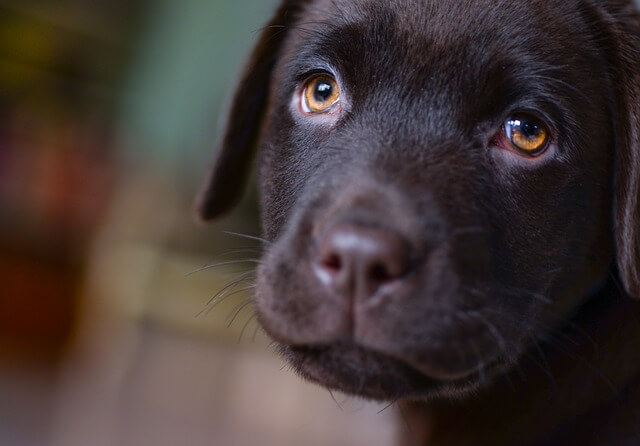
4. Leash training
Have you ever walked down the street and noticed a person walking a dog in perfect sync? The dog and the owner seem perfectly synced, and the walking is effortless. Well, that process doesn’t come naturally to dogs. Proper leash manners are trained, and if you want to have a dog that knows how to behave, you will have to invest time in leash training. Like with everything else, start the leash training process in an environment with few or no distractions. It’s a good idea to leash train when the puppy is slightly tired and not too energetic, and hyped up.
5. Basic obedience
Obedience training is not only for dogs that will compete in obedience trials. Basic commands like “Sit,” “Stay,” “Stop,” or “Leave It” can be life-savers. All dogs should learn basic obedience commands. This is important not only for the dog’s behavior but also for their safety. You want your dog to listen to you, and the way you can achieve that is by making sure they can follow basic commands. Plus, learning commands and tricks is an excellent way of providing mental exercise to your Labrador puppy. They will have to think about what they’re doing and what exactly you want from them.
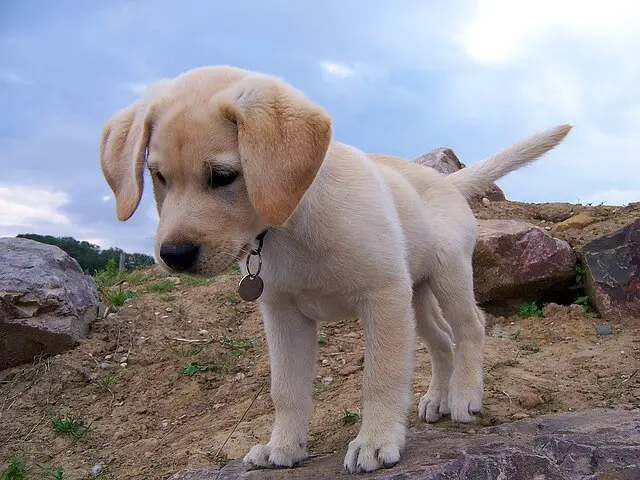
6. Socialization
Socialization should play a massive part in every puppy’s life. We cannot overstate how vital socialization is. The good news is that Labrador puppies are naturally very friendly, so socialization should be very enjoyable. You should make sure your puppy learns to behave in different situations. The best way to achieve that is by exposing them to those situations. Show your puppy different sights, sounds, people, dogs, surfaces, and have them eat in different environments. That is the best way to ensure the puppy will develop into a well-behaved, well-rounded dog.
7. Grooming and vet visit training
This is something many dog owners overlook. This tip will help you get your Labrador puppy used to be handled, examined, and groomed. Many dogs are not comfortable on an exam or grooming tables, so it’s best to get them used to those things as soon as possible. Touch your puppy’s paws, ears, tail, genital area, eyes, and teeth. Your Lab puppy will have to “endure” different things like nail trimming, anal sack expressions, examinations, and grooming sessions. If you get them used to being handled while they’re young, it will be a lot safer for everyone involved in the future.
World Dog Finder team

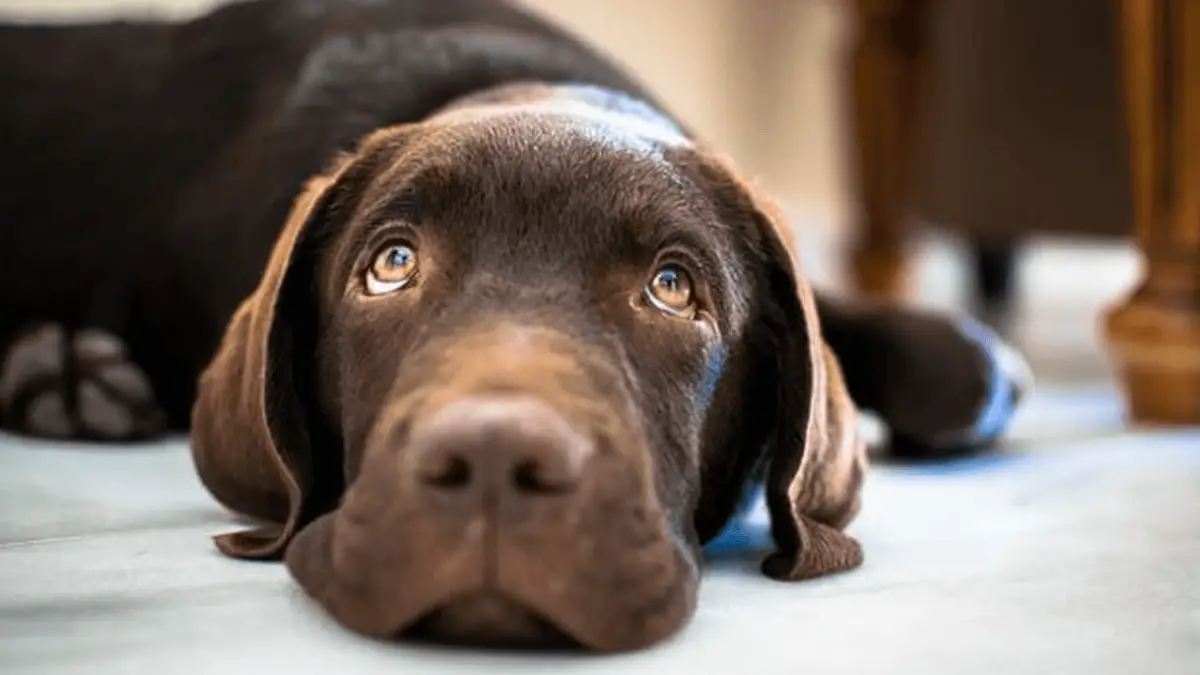
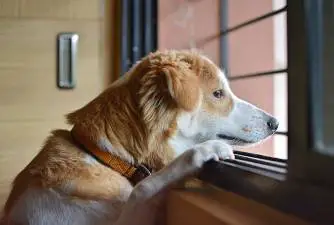


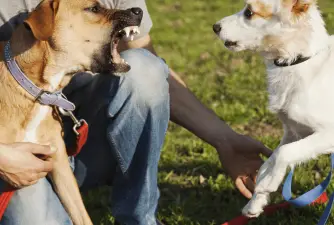

Share